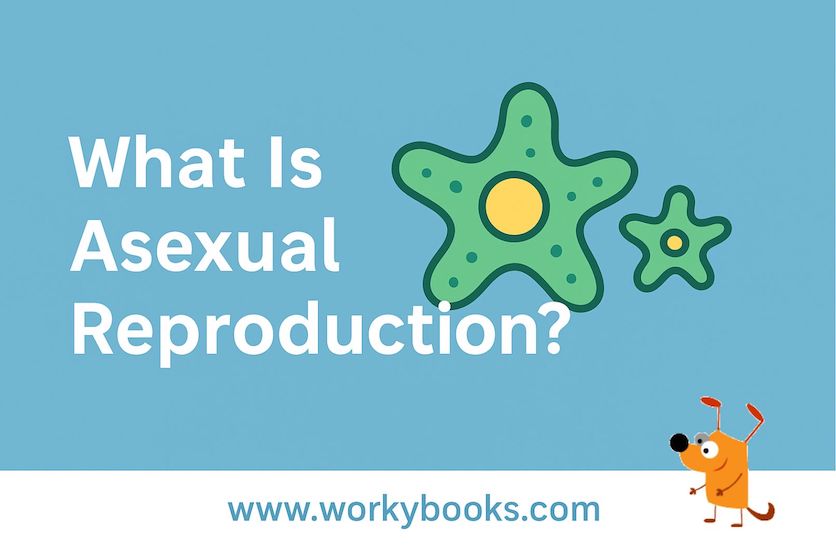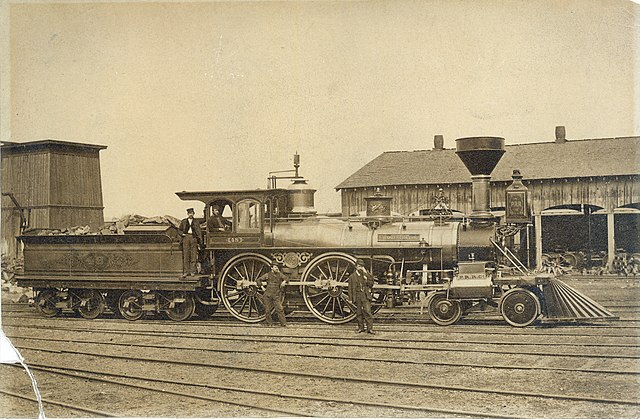Why Do Dogs Sniff Everything?
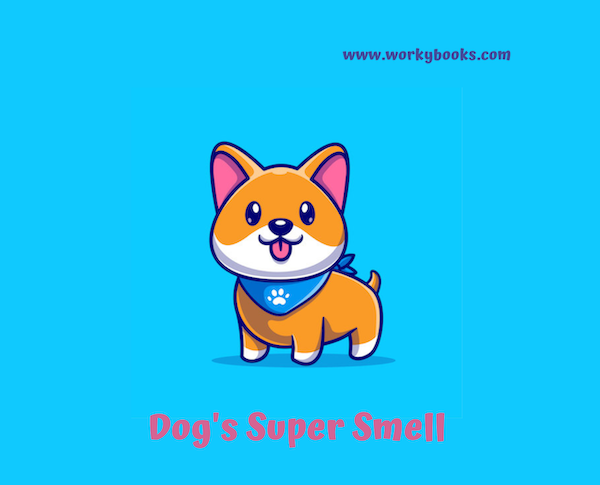
Hey there, young kids! Did you know that dogs sniff everything? That’s right, their noses are like super-powerful smell detectors! Let’s dive into the wonderful world of dog sniffing and discover some amazing facts.
Dogs and their super sniffing powers
Dogs have an incredible sense of smell that’s way better than ours. Imagine if you could smell a cookie baking from a mile away – that’s kind of like what dogs can do! Their noses are designed to pick up all sorts of smells.
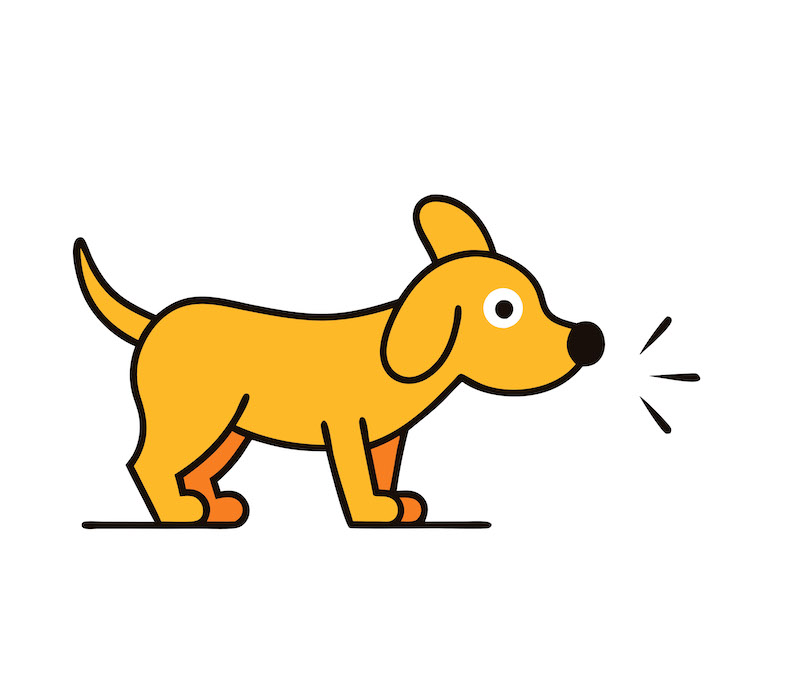
Why is smell so important for dogs? Well, it helps them understand the world around them. They use their noses to:
- Find food
- Recognize other dogs and people
- Detect danger
- Navigate their surroundings
Now, let’s answer some common questions about dogs and their smell!
Q: What smells do dogs hate?
A: Just like us, dogs have smells they don’t like. Some scents that many dogs find yucky include:
- Citrus fruits (like lemons and oranges)
- Vinegar
- Peppers
- Strong cleaning products
But remember, every dog is different, and what one dog dislikes, another might love!
Q: Can dogs smell a buried bone?
A: You bet they can! Dogs have such an amazing sense of smell that they can detect odors buried deep underground. That’s why some dogs are trained to help find truffles (a type of fancy mushroom) that grow underground.
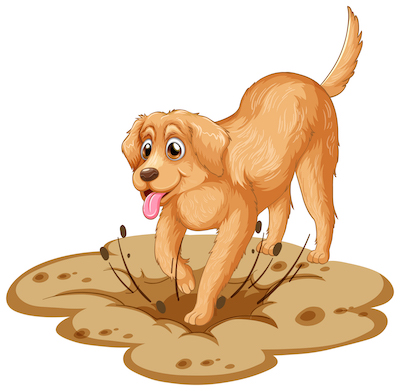
If you bury a bone in your backyard, chances are your dog will find it pretty quickly. Their noses are so good that they can smell things we can’t even imagine!
Q: Why does my dog smells like fish?
A: Uh-oh, fishy breath! If your dog’s breath smells like fish, it might be time for a trip to the vet. This smell can be caused by:
- Dental problems (like tooth decay or gum disease)
- Dietary issues
- Digestive problems
It’s always a good idea to have a grown-up check with the vet if your dog’s breath starts to smell funny.
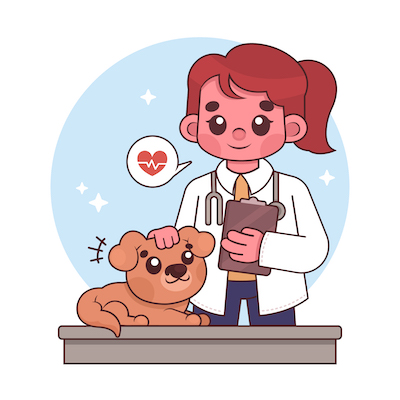
How Dogs use their sniffing power?
Now that we’ve answered some questions, let’s explore how dogs use their amazing noses!
- Saying Hello
When dogs meet each other, they often sniff each other’s behinds. It might seem gross to us, but for dogs, it’s like saying “Nice to meet you!” They can learn a lot about each other just from smell. - Finding Their Way Home
Dogs can use their sense of smell to navigate. They remember the scents of places they’ve been, which helps them find their way back home if they get lost. - Detecting Illness
Some dogs can be trained to smell certain illnesses in humans. They can even detect things like low blood sugar in people with diabetes! - Searching and Rescuing
Dogs with super-smelling abilities are often used to help find missing people or detect drugs and explosives. - Sniffing Out Fun
Dogs love to use their noses to explore the world. That’s why they enjoy sniffing everything on walks – it’s like reading an exciting story for them!
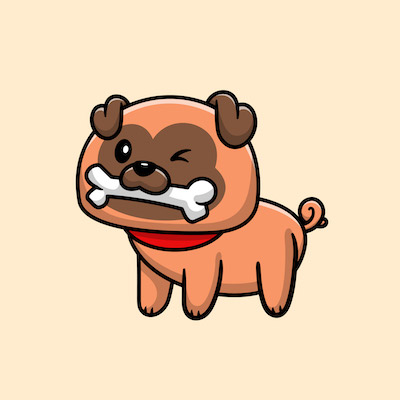
The Power of a Dog’s Nose
Let’s take a closer look at how a dog’s nose works:
- Directional Nostrils: Dogs can move their nostrils independently, helping them pinpoint the exact direction a smell is coming from. It’s like having a built-in GPS for scents!
- A Supercharged Sense of Smell: With up to 300 million smell receptors in their noses, dogs are much superior in smelling when compared to humans, who have only about 6 million. This is why their sense of smell is nothing short of extraordinary!
- Brainpower for Scents: A significant portion of a dog’s brain is dedicated to analyzing smells. It’s like having a smell super-computer in their heads, processing and decoding scents with incredible precision.
- Magic of a Wet Nose: The wetness of a dog’s nose plays a crucial role in capturing scent particles, making their sense of smell even more powerful.
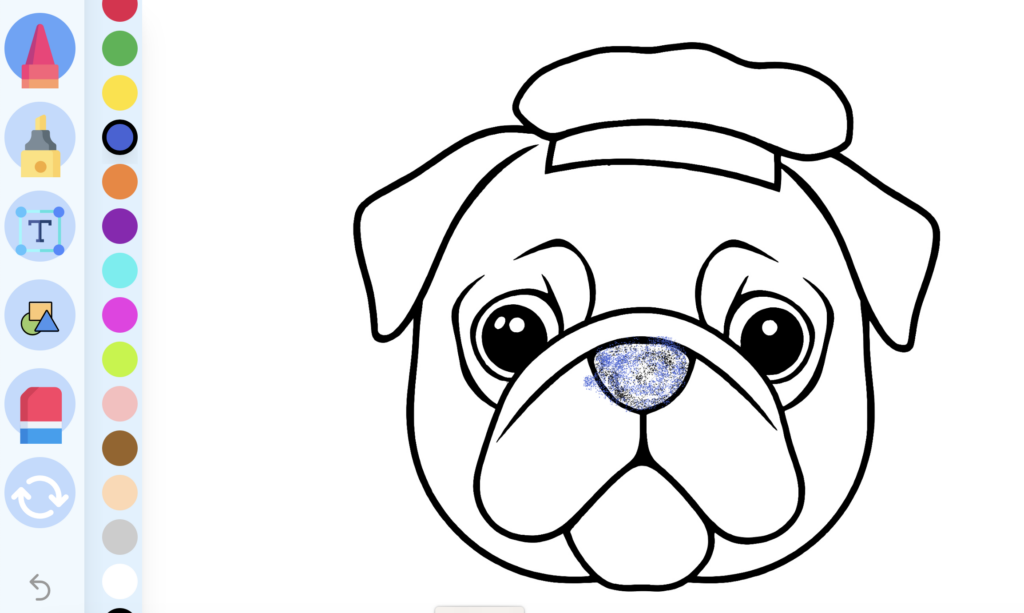
Fun Games to Play with Your Dog
Want to give your dog’s nose a workout? Try these fun games:
- Hide and Seek: Hide a treat or toy and let your dog find it using their nose.
- Which Hand?: Put a treat in one hand and let your dog guess which hand it’s in.
- Scent Trail: Create a trail of treats for your dog to follow with their nose.
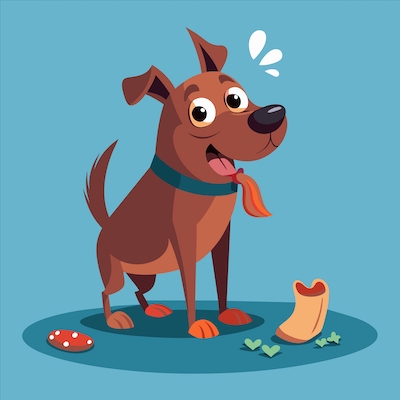
Remember, every time your dog uses their nose, they’re exercising their brain too!
So there you have it, young friends! Dogs have an incredible sense of smell that helps them understand and explore the world around them. From finding buried bones to detecting illness, their noses are truly amazing tools.
Next time you see a dog sniffing around, remember all the incredible things their nose can do. And who knows? Maybe one day you’ll work with dogs and their super sniffers to solve mysteries or help people in need!
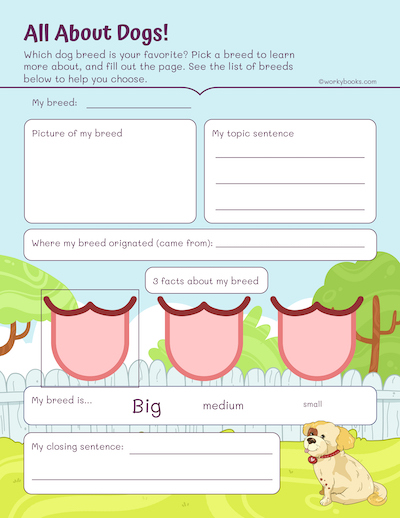
Here are some worksheets on dogs from Workybooks digital library!
Looking for a fun and educational activity for your little ones? Our collection of dog coloring pages is perfect for young animal lovers! Featuring a variety of adorable canine friends, from a fluffy Golden Retriever puppy to a mischievous Dachshund tangled in yarn, these pages will keep your kids entertained for hours. Each unique design showcases a different dog breed in a charming scenario, helping children learn about various types of dogs while exercising their creativity. Whether it’s a Pug dressed as a chef or a Corgi riding a skateboard, these coloring pages are sure to bring smiles and giggles. So grab your crayons and colored pencils, and let your child’s imagination run wild with these delightful doggy scenes! Download our free dog coloring pages now and watch your kids’ eyes light up as they bring these lovable pooches to life with vibrant colors.
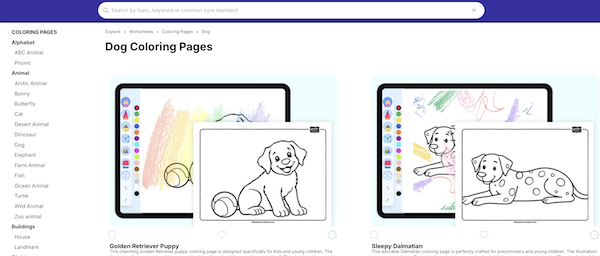
Get more free animal coloring pages for kids, by clicking here!

